If you're looking to upgrade your mattress without buying a whole new one, making a DIY mattress topper cover is the perfect solution. This simple project allows you to customize the look and feel of your mattress topper while also protecting it from wear and tear. Plus, making your own cover is much more cost-effective than buying one from a store. Follow these easy steps to create your own DIY mattress topper cover.How to Make a DIY Mattress Topper Cover
Before you begin, gather your materials. You'll need fabric of your choice, a sewing machine, scissors, measuring tape, and a zipper. Tip: Choose a fabric that is durable and easy to wash, such as cotton or linen. You can also opt for a waterproof material if you have children or pets. Start by measuring your mattress topper to determine how much fabric you'll need. Add an extra inch to each side for seam allowance. Then, cut out your fabric to the appropriate size. Next, lay your fabric on a flat surface with the right side facing down. Fold over the edges of the fabric by half an inch and iron them to create a clean finish. Then, fold over the edges by another half an inch and iron them again. This will create a double-fold hem. Using your sewing machine, sew along the folded edges to secure them in place. This will create a neat and professional-looking hem. Tip: If you don't have a sewing machine, you can use fabric glue to secure the edges instead.DIY Mattress Topper Cover Tutorial
Once your hem is complete, it's time to add the zipper. Place the zipper face down on the right side of the fabric, aligning it with one of the edges. Pin it in place, making sure the zipper is closed. Then, sew along the edge using a zipper foot on your sewing machine. Repeat this process on the other side of the fabric, aligning the other side of the zipper with the edge. Once the zipper is attached, unzip it and turn the fabric inside out. Use your sewing machine to sew the remaining edges together, leaving the zipper open. Tip: For a cleaner finish, you can hem the edges before sewing them together.Easy DIY Mattress Topper Cover
Now that your cover is complete, you can get creative with the design. You can add decorative elements like buttons, ribbons, or embroidery to give your cover a personalized touch. You can also use different fabrics to create a two-toned or patterned cover. If you want a removable cover, you can sew buttons or snaps on instead of using a zipper. Or, you can make a cover without a zipper or any closures at all by simply slipping it over your mattress topper like a fitted sheet. Tip: If you're making a waterproof cover, be sure to use a waterproof zipper or add a layer of waterproof material between the fabric and the zipper.DIY Mattress Topper Cover Ideas
Making your own mattress topper cover not only allows you to customize the look, but it also gives you the opportunity to choose high-quality materials. This means your homemade cover will likely last longer and provide better protection for your mattress topper. Plus, you can easily remove and wash your cover whenever needed to keep your mattress topper clean and fresh. And, if you ever decide to change the look of your bedroom, you can easily make a new cover to match without breaking the bank. Tip: Save money by using leftover fabric from other projects or repurpose old sheets or curtains for your cover.Homemade Mattress Topper Cover
Adding a zipper to your DIY mattress topper cover makes it easy to remove and wash whenever needed. This is especially useful if you have children or pets who may cause spills or accidents on your mattress topper. With a zipper, you can quickly and easily remove the cover and throw it in the wash. You can also use a zipper to easily change the look of your cover. Simply make multiple covers and switch them out whenever you want a new style. Tip: Choose a contrasting or decorative zipper to add a unique touch to your cover.DIY Mattress Topper Cover with Zipper
If you don't have a sewing machine or prefer not to sew, you can still make a DIY mattress topper cover. Instead of sewing, you can use fabric glue to secure the edges and create a hem. You can also use iron-on hem tape for a no-sew option. Another no-sew option is to use a fitted sheet. Simply find a fitted sheet that fits your mattress topper and use it as a cover. You can also cut and hem the fitted sheet to fit your topper if needed. Tip: Choose a fitted sheet with deep pockets to ensure a snug fit on your mattress topper.No-Sew DIY Mattress Topper Cover
If you want to protect your mattress topper from spills, stains, and moisture, you can make a waterproof cover. Simply use a waterproof fabric, such as vinyl or plastic, as the top layer of your cover. You can also use a waterproof mattress protector as the top layer of your cover for added protection. Be sure to use a waterproof zipper or add a layer of waterproof material between the fabric and the zipper to prevent any leaks. You can also add a waterproof lining inside your cover for extra protection. Tip: Opt for a fabric that is breathable to avoid trapping heat and causing discomfort while sleeping.DIY Waterproof Mattress Topper Cover
If you have a memory foam mattress topper, you may want to make a cover that specifically caters to its unique properties. Memory foam can trap heat and become uncomfortable, so choose a fabric that is breathable and moisture-wicking, such as bamboo or cotton. You can also add a cooling gel layer to your cover to regulate temperature and make your mattress topper more comfortable. Simply sew or glue the cooling gel pad onto the top layer of your cover. Tip: If you opt for a waterproof cover, be sure to choose a waterproof material that is also breathable.DIY Memory Foam Mattress Topper Cover
If you tend to get hot while sleeping, you can make a cooling mattress topper cover to help regulate your body temperature. Use a fabric that is cooling and breathable, such as bamboo or cotton, for the top layer of your cover. You can also add a cooling gel layer or use a cooling mattress protector as the top layer of your cover. Another option is to use a moisture-wicking fabric for the top layer, such as polyester or nylon. Tip: Be sure to choose a fabric that is soft and comfortable to sleep on.DIY Cooling Mattress Topper Cover
A DIY Mattress Topper Cover: The Perfect Addition to Your Bedroom

Why a Mattress Topper Cover is Essential for Your Bed
 Finding the right mattress can be a daunting task, but once you have the perfect one, you want to make sure it stays in top condition for as long as possible. That's where a mattress topper cover comes in. It acts as a protective layer for your mattress, shielding it from spills, stains, and even wear and tear. Not only does it extend the life of your mattress, but it also adds an extra layer of comfort and support to your sleep surface. With a DIY mattress topper cover, you can customize it to your liking and save some money in the process.
Finding the right mattress can be a daunting task, but once you have the perfect one, you want to make sure it stays in top condition for as long as possible. That's where a mattress topper cover comes in. It acts as a protective layer for your mattress, shielding it from spills, stains, and even wear and tear. Not only does it extend the life of your mattress, but it also adds an extra layer of comfort and support to your sleep surface. With a DIY mattress topper cover, you can customize it to your liking and save some money in the process.
Materials Needed for a DIY Mattress Topper Cover
 To make your own mattress topper cover, you will need a few materials that are easily accessible and affordable. These include a sewing machine, fabric of your choice, scissors, measuring tape, pins, and thread. You can choose any fabric that suits your preference, whether it be cotton, flannel, or even a waterproof material for added protection. Make sure to measure your mattress beforehand to ensure you have enough fabric for the cover.
To make your own mattress topper cover, you will need a few materials that are easily accessible and affordable. These include a sewing machine, fabric of your choice, scissors, measuring tape, pins, and thread. You can choose any fabric that suits your preference, whether it be cotton, flannel, or even a waterproof material for added protection. Make sure to measure your mattress beforehand to ensure you have enough fabric for the cover.
Step-by-Step Guide to Creating Your Own Mattress Topper Cover
 Now that you have all your materials, it's time to get started on making your DIY mattress topper cover. Follow these simple steps for a professional-looking cover that will enhance the overall appearance of your bedroom.
Step 1:
Begin by measuring your mattress to determine the length, width, and depth. This will help you determine the size of your cover.
Step 2:
Cut your fabric to the appropriate size, leaving an extra inch on each side for seam allowance.
Step 3:
Fold the edges of the fabric over and pin them in place.
Step 4:
Using a sewing machine, sew along the edges to create a neat finish.
Step 5:
Once all the edges are sewn, turn the cover inside out to hide the seams.
Step 6:
Place the cover over your mattress and tuck in any excess fabric.
Now that you have all your materials, it's time to get started on making your DIY mattress topper cover. Follow these simple steps for a professional-looking cover that will enhance the overall appearance of your bedroom.
Step 1:
Begin by measuring your mattress to determine the length, width, and depth. This will help you determine the size of your cover.
Step 2:
Cut your fabric to the appropriate size, leaving an extra inch on each side for seam allowance.
Step 3:
Fold the edges of the fabric over and pin them in place.
Step 4:
Using a sewing machine, sew along the edges to create a neat finish.
Step 5:
Once all the edges are sewn, turn the cover inside out to hide the seams.
Step 6:
Place the cover over your mattress and tuck in any excess fabric.
Benefits of a DIY Mattress Topper Cover
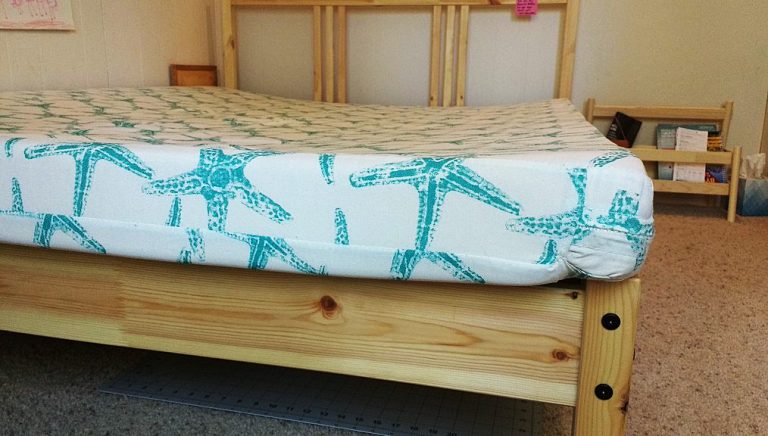 Not only is a DIY mattress topper cover a budget-friendly option, but it also offers many other benefits. It allows you to customize the cover to your liking, whether it be the fabric pattern or the level of thickness. It also protects your mattress from spills, stains, and allergens, making it easier to clean and maintain. Plus, a well-made cover can add an extra layer of comfort and support to your mattress, ensuring a good night's sleep.
Not only is a DIY mattress topper cover a budget-friendly option, but it also offers many other benefits. It allows you to customize the cover to your liking, whether it be the fabric pattern or the level of thickness. It also protects your mattress from spills, stains, and allergens, making it easier to clean and maintain. Plus, a well-made cover can add an extra layer of comfort and support to your mattress, ensuring a good night's sleep.
In Conclusion
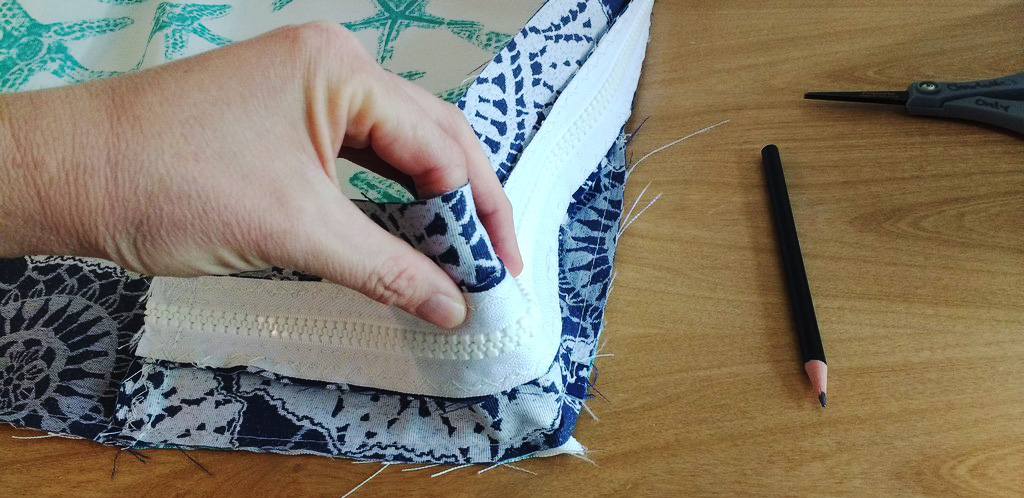 A DIY mattress topper cover is a simple yet effective way to protect and enhance your mattress. With just a few materials and some basic sewing skills, you can create a personalized cover that will not only prolong the life of your mattress but also add a touch of style to your bedroom. So why not give it a try and see the difference it can make in your sleep experience?
A DIY mattress topper cover is a simple yet effective way to protect and enhance your mattress. With just a few materials and some basic sewing skills, you can create a personalized cover that will not only prolong the life of your mattress but also add a touch of style to your bedroom. So why not give it a try and see the difference it can make in your sleep experience?



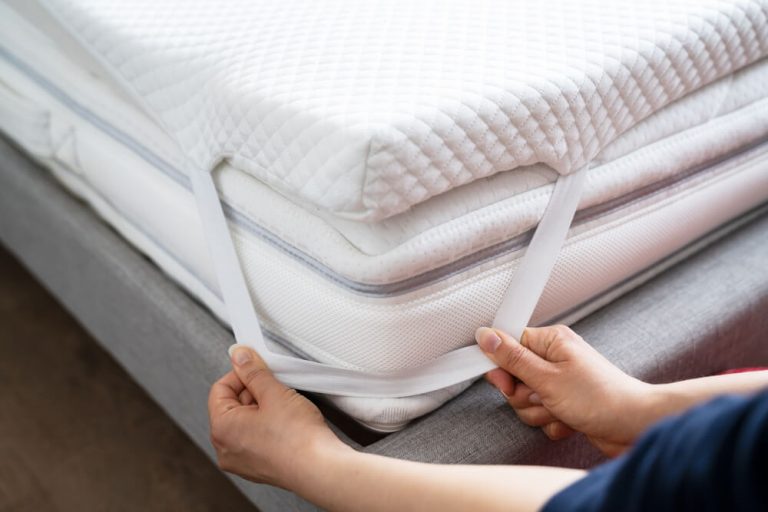










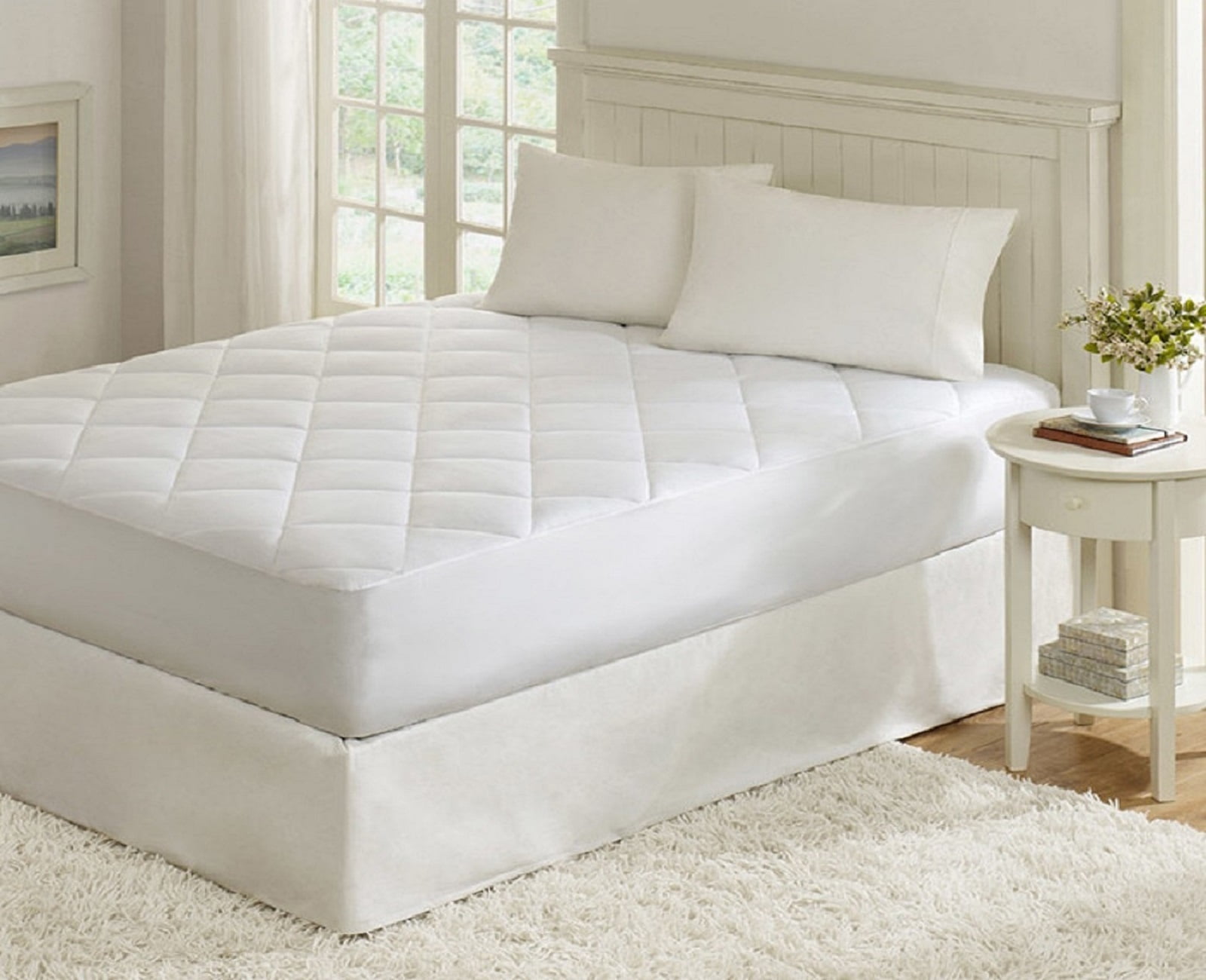
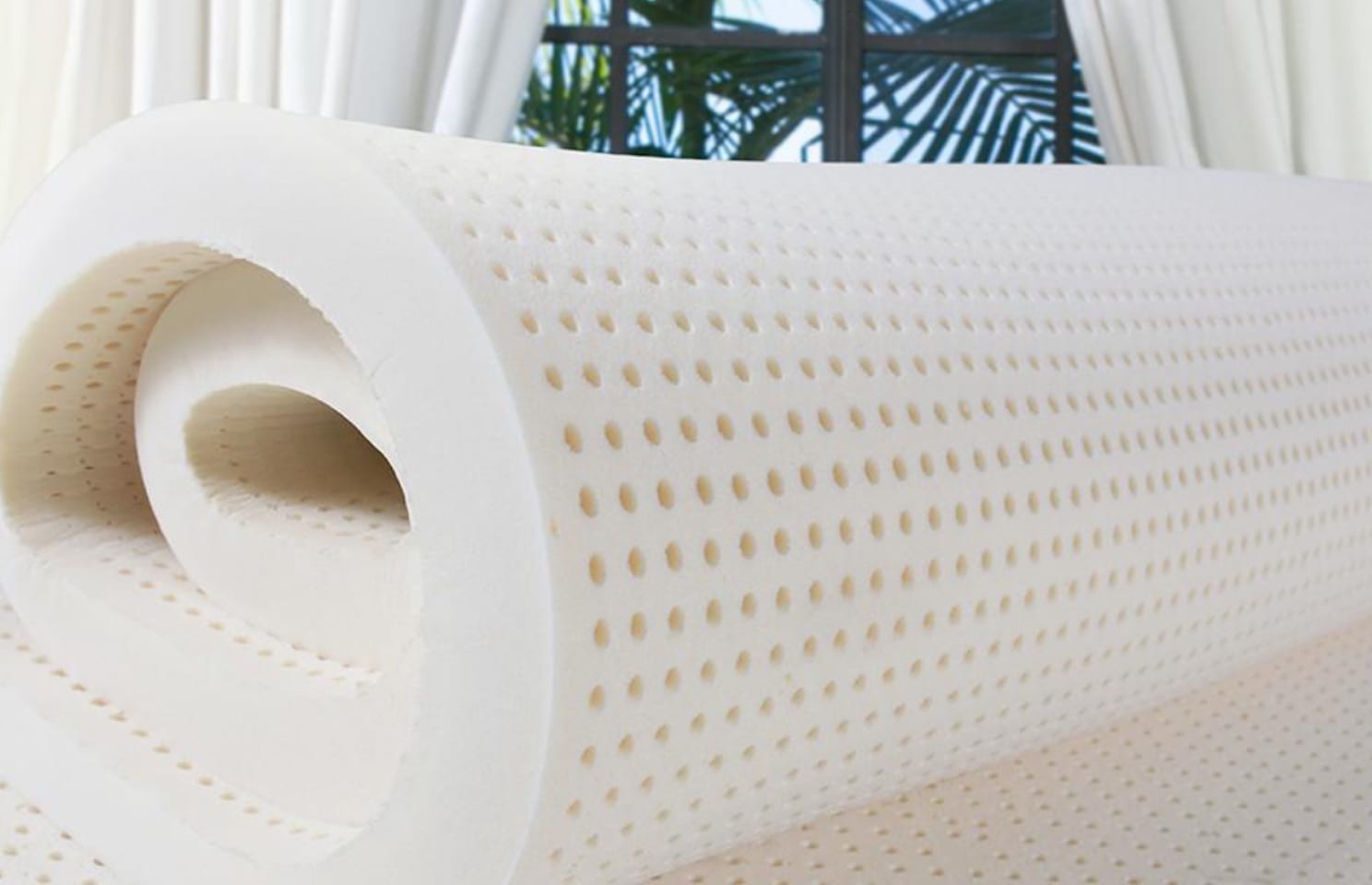








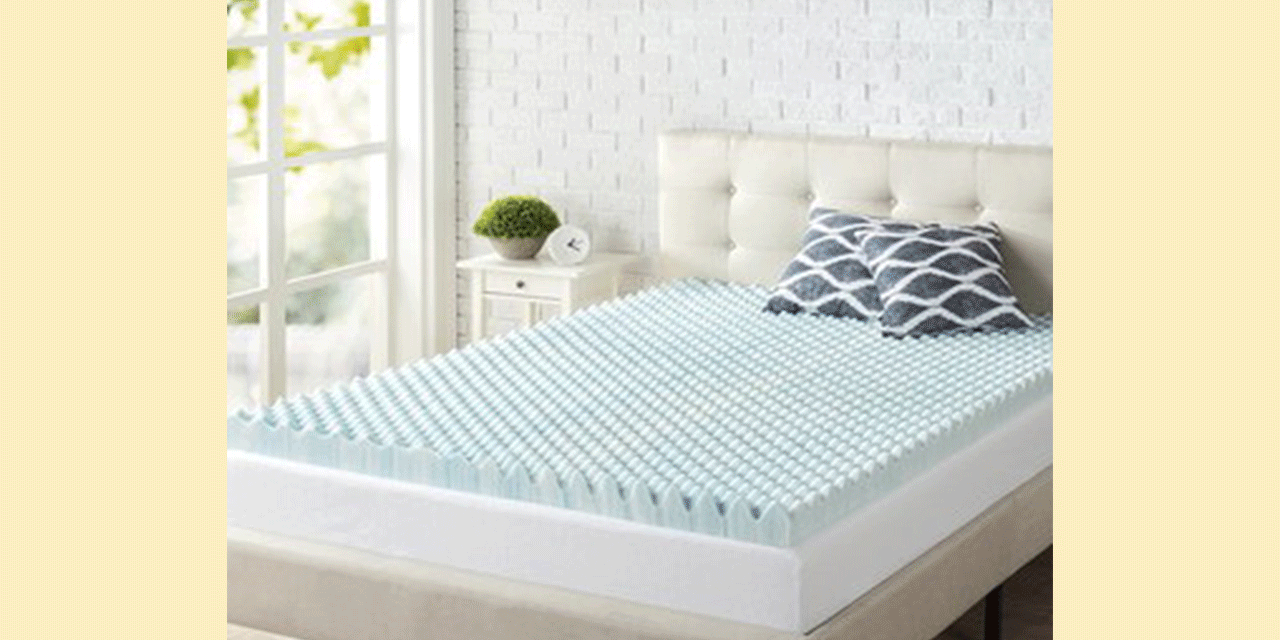




































:max_bytes(150000):strip_icc()/4154334-2-5c34cc0c4cedfd0001ecf260.jpg)






